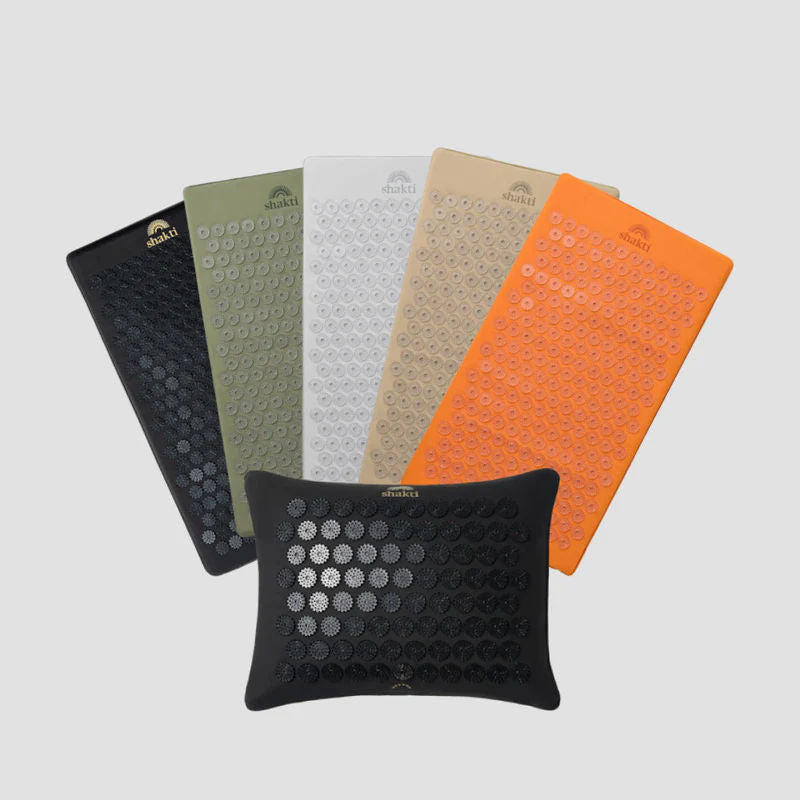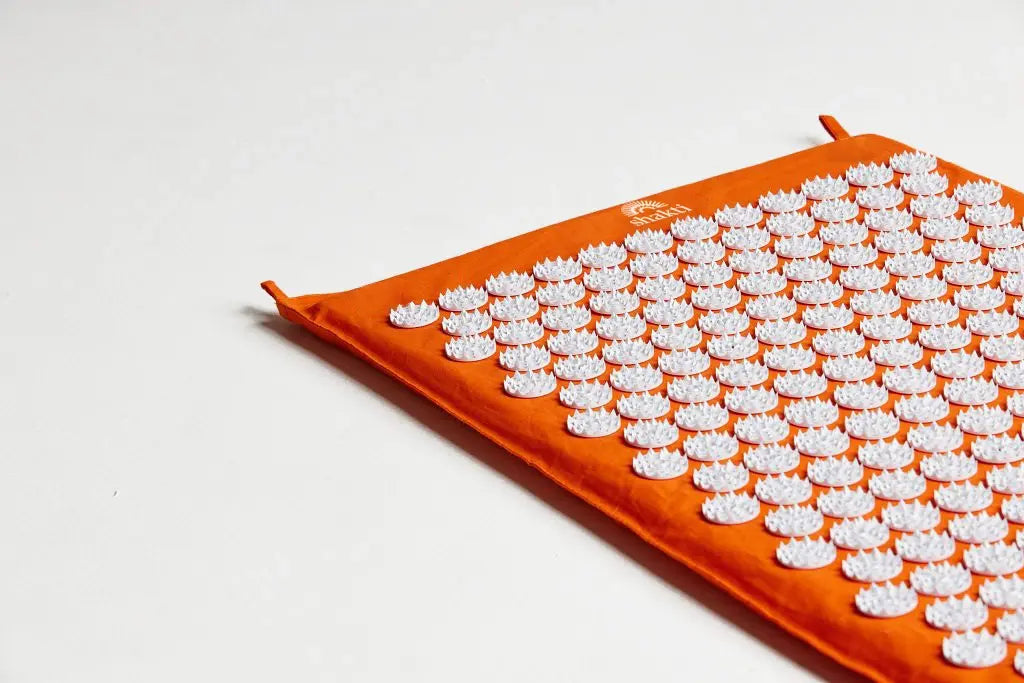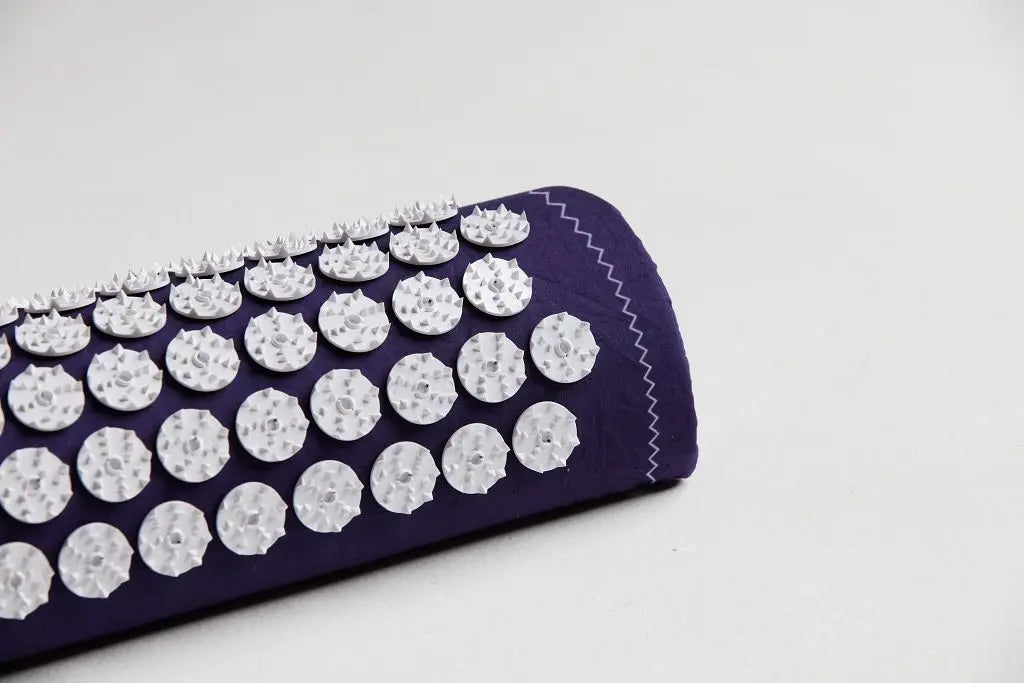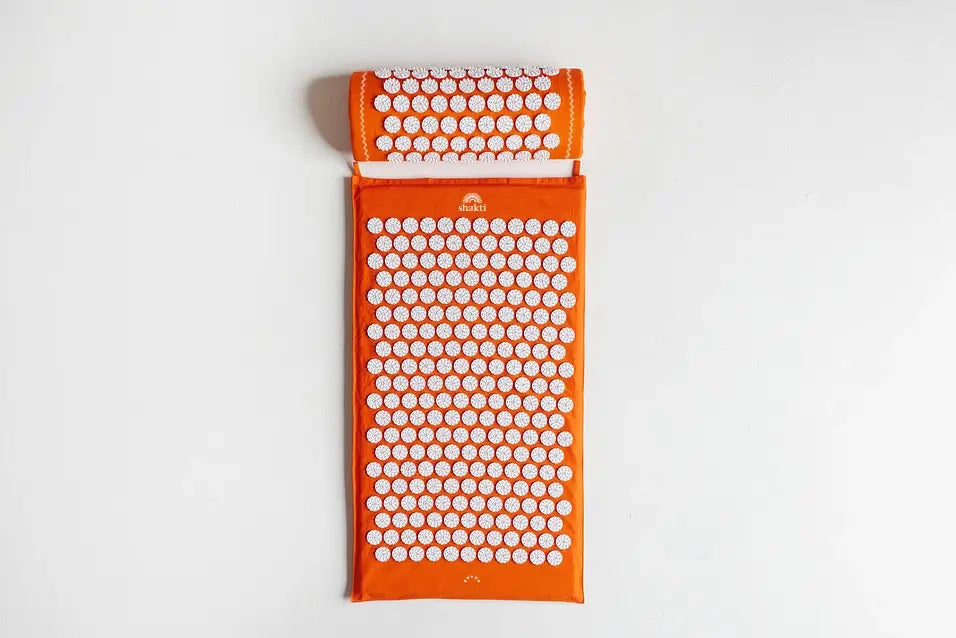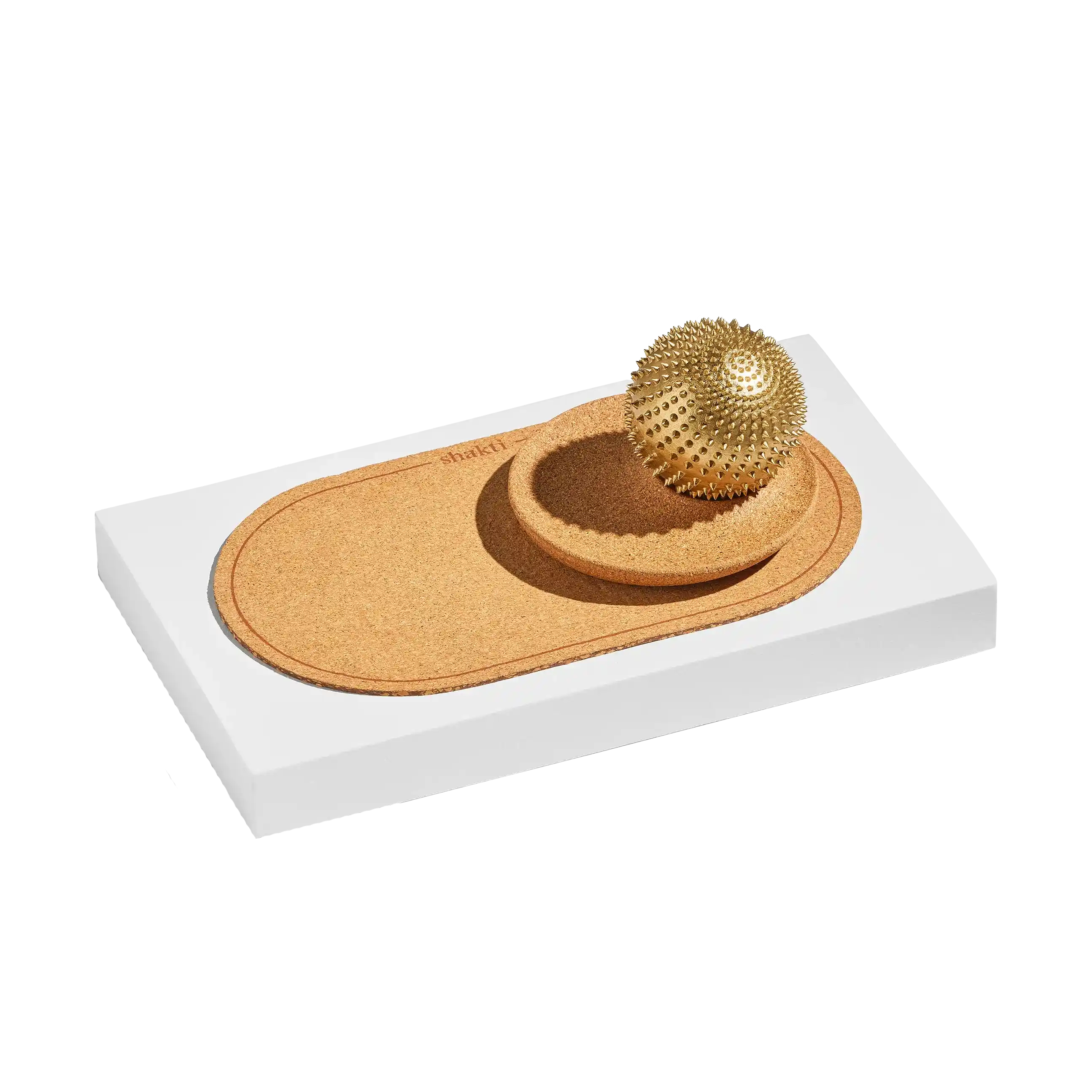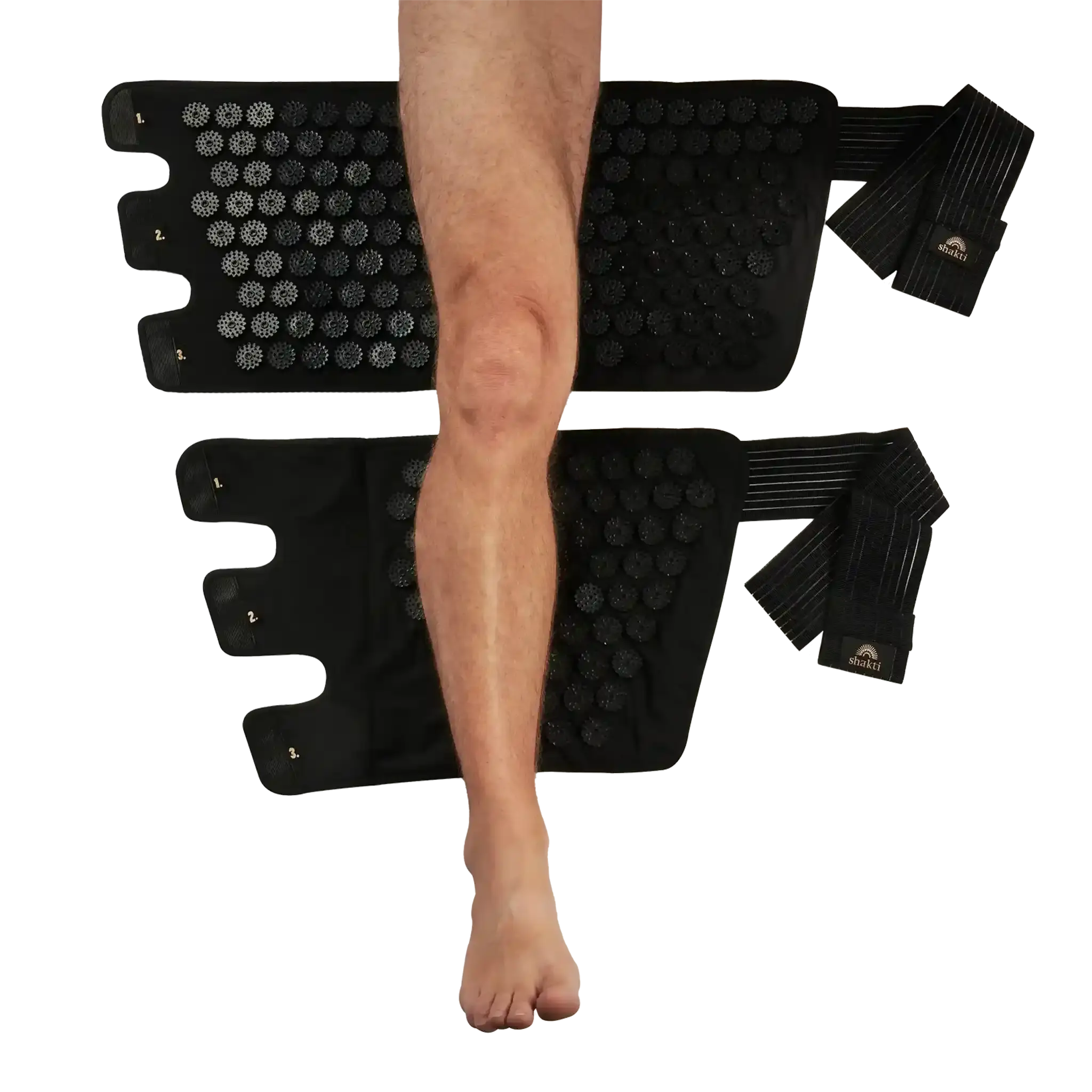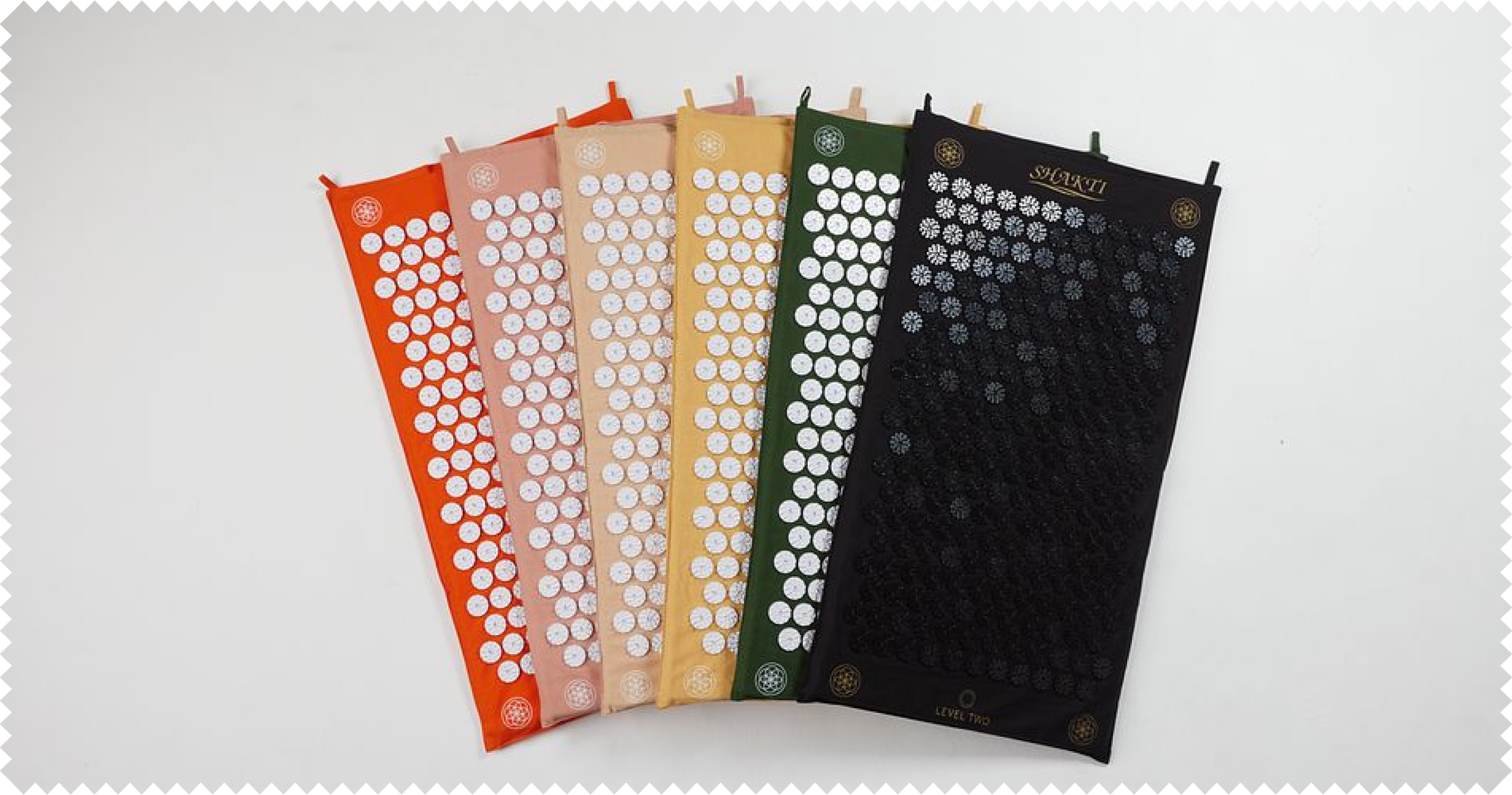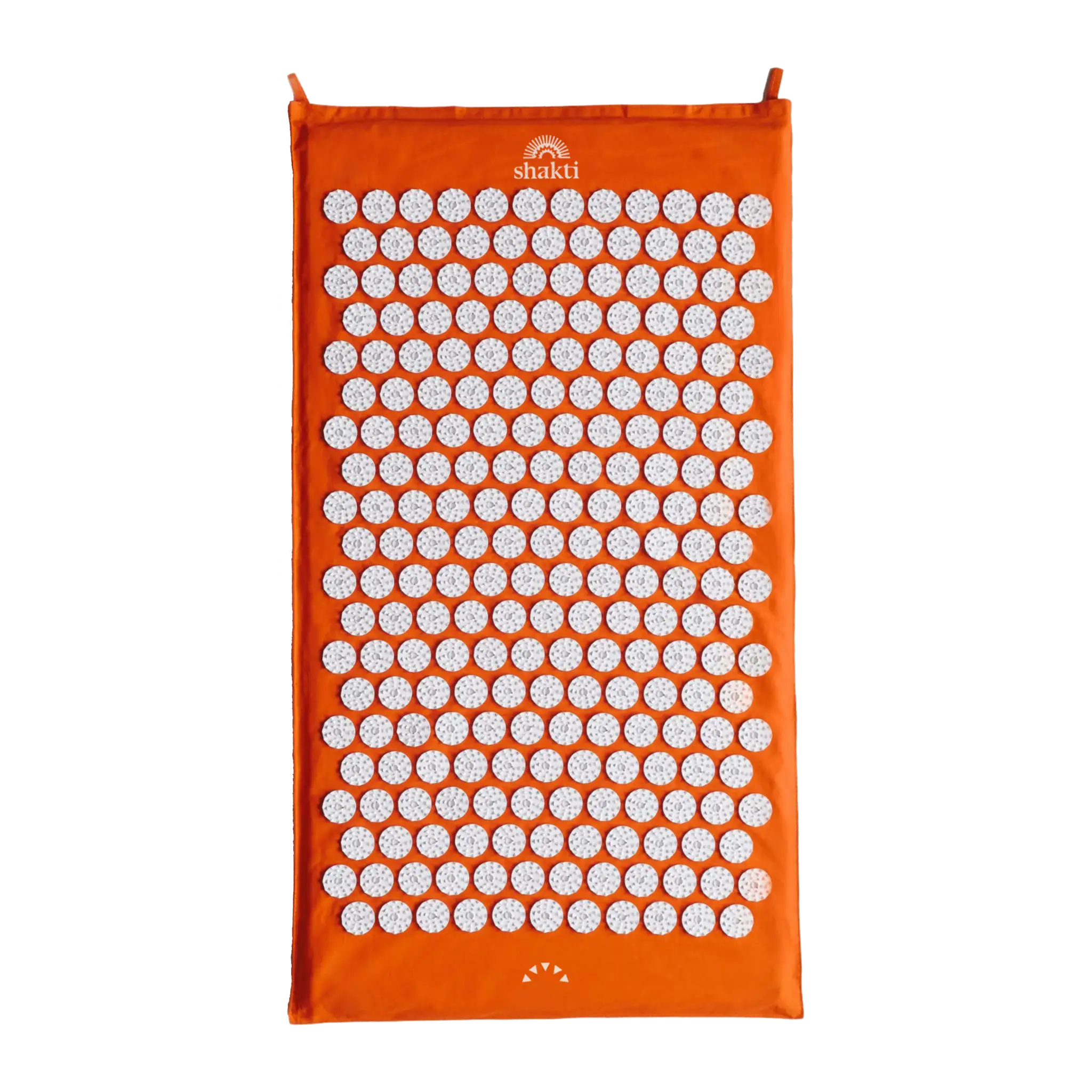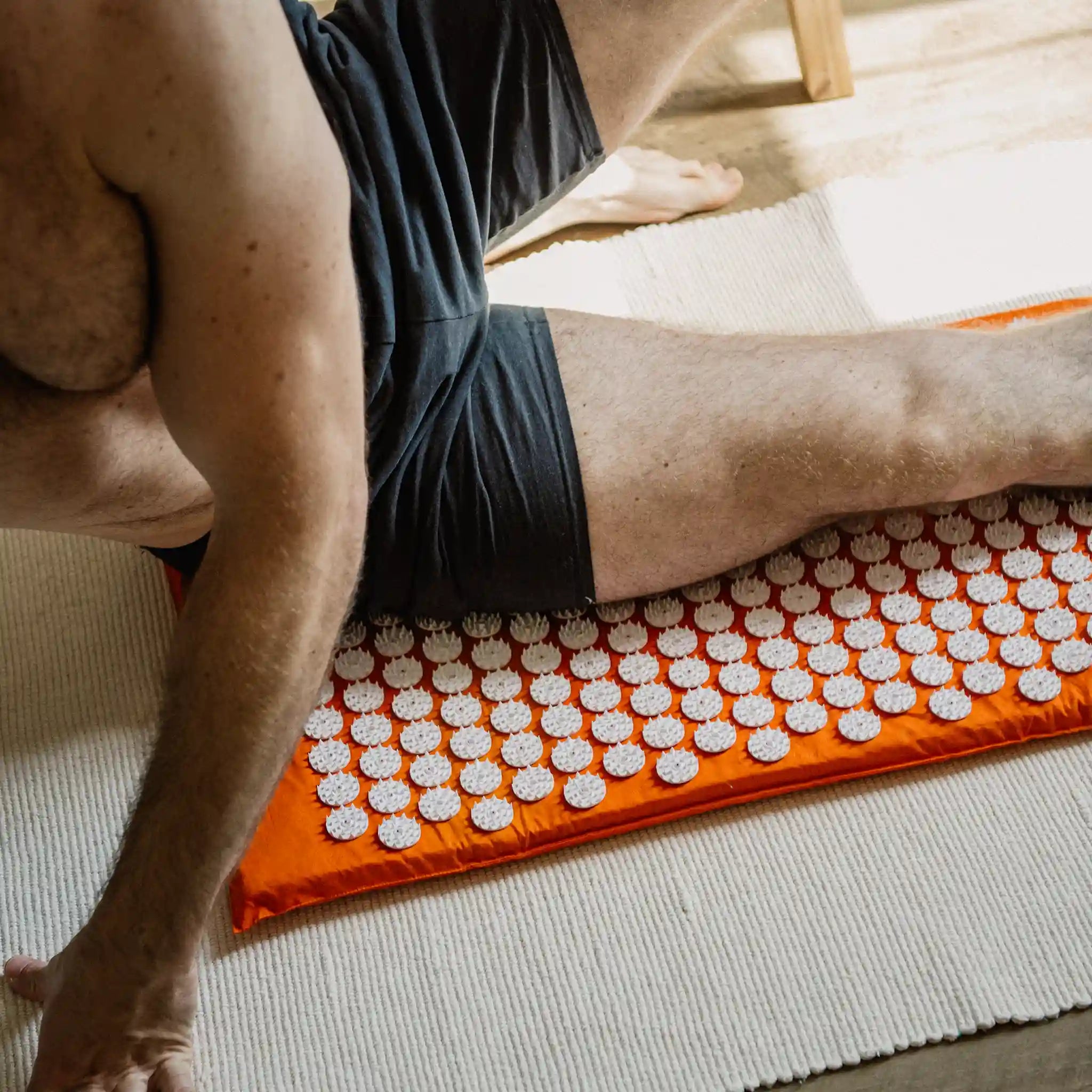Clarity of mind and freedom of movement in the body - when these two things are present, everyday life is usually effortless. We often take this state for granted until an unexpected obstacle arises. Perhaps you know the feeling: a stabbing pain in the lower back that extends into the buttocks and makes every movement a challenge. This could be caused by a blockage of the sacroiliac joint, or SIJ for short. But before despair sets in, let's find out together how you can release this SIJ blockage and help your body regain its natural vitality. With the right knowledge, suitable exercises and a dose of self-care, you can reclaim your pain-free life. We show you in an understandable and everyday way what is important when releasing an SI joint blockage. Find out now how you can permanently release your SI joint blockage.
Content
1st SI joint block: symptoms at a glance
2. SI joint blockage: recognize & avoid causes
3 SI joint block: What really helps?
4. 1 insider tip & 5 exercises - releasing an SI joint blockage made easy
5. can an SI joint blockage resolve itself?
SI joint block: symptoms at a glance
Let's start with some background knowledge before we get to the active SIJ blockage release. A SIJ block is a dysfunction of the sacroiliac joint (SIJ), which is located between the sacrum and the ilium in the lower back. The sacroiliac joint connects the sacrum, which sits at the end of the spine, to the hip bones. It therefore helps to transfer forces from the upper body to the lower body and vice versa. If this joint is blocked or impaired, this can lead to pain and restricted movement in the lower back and pelvic area. The most common symptoms of an SIJ blockage include pain in the lower back, which can radiate into the buttocks or legs - on one or both sides. In the pelvic region, the pain is often described as deep and cramp-like, while in the buttocks it is often dull, stabbing or pulling. Sometimes they are also accompanied by stiffness. In short: with a blocked sacroiliac joint, you simply can no longer move the way you would like to. In particular, bending, twisting or tilting the trunk becomes a pain, which means that an SIJ blockage affects numerous daily activities. Unfortunately, even complete rest does not lead to the desired improvement, as prolonged sitting, lying or standing can also worsen the pain. The aforementioned stiffness plays a major role here. Switching between positions may bring relief, but in the long term you should release the SI joint blockage. But what exactly causes this pain in the first place?

SI joint blockage: recognize & avoid causes
An SI joint block can be caused by various factors. The most common are everyday poor posture, muscle tension, pregnancy, arthritis or repeated (over)strain. However, a direct blow, a fall or an accident, particularly in the lower back or pelvis, can also lead to an SIJ block. So let's take a detailed look at the triggers of an SI joint block. Because as soon as you know these, you can release your SI joint blockage and also prevent it.
- Poor posture: Imagine sitting in front of the computer for hours on end, tilting your head forward and rounding your lower back. This posture can put excessive strain on the sacroiliac joint. It is similar if you frequently stand on one leg or constantly bring your hips into an uneven position. Such repetitive strain and one-sided movements can affect the joint and lead to a blockage.
- Pregnancy: During pregnancy, many women experience hormonal changes aimed at preparing the pelvis for the upcoming birth. However, these changes can also cause the sacroiliac joint to become more unstable. One example of this is the increasing pressure of the growing baby on the pelvis, which can lead to SIJ blockage and pain.
- Muscle tension and muscle imbalances: Do you regularly lift heavy objects without using the right technique or spend a lot of time in a position that overloads certain muscles? This can lead to tension or imbalances in the muscles of the lower back and pelvis, which can affect the sacroiliac joint. The good news is that if muscle tension is the cause, you have a good chance of releasing the SIJ blockage. You can find out more about this in a moment.
- Arthritis and degenerative changes: Arthritis can inflame the sacroiliac joint, causing pain. At the same time, degenerative changes that occur over time can affect the structure of the joint, making it more susceptible to blockages.
- Overweight: Carrying excessive weight, especially in the abdominal area, can put extra pressure on the sacroiliac joint and lower back. This increased pressure can increase the likelihood of a blockage in the joint.
- Sports injuries and overuse: Think of the runner who constantly trains on hard surfaces or the weightlifter who overloads his back muscles. Such activities, especially if performed improperly, can lead to overuse or injury to the sacroiliac joint.
- Joint instability: Some people are born with instability of the sacroiliac joint or develop it over time. This instability can lead to repeated blockages or functional disorders. Anyone affected by this should take long-term preventive measures.
- Mental causes: Stressful life events, persistent worries or unresolved emotional conflicts can lead to increased muscle tension - your body tenses up because your soul is suffering. An example could be someone who is exposed to professional or personal pressure and feels this physically in the form of tension or pain in the lower back. Such emotional stress can increase the likelihood of an SIJ blockage or exacerbate existing symptoms.
SI joint block: what really helps?
A doctor or physiotherapist usually diagnoses a sacroiliac joint blockage through physical examinations, medical history and, if necessary, imaging procedures such as X-rays or MRI. With this certainty at the latest, the question then arises: What helps with an SI joint block? Or rather: How can I release this SI joint blockage? Depending on the severity, treatment then includes physiotherapy exercises, manual therapy, anti-inflammatory medication, injections or other techniques to release the SI joint blockage. In this way, the function of the joint is improved and the pain is relieved. For example, the use of heat or cold packs as a first aid measure to relieve pain and tension in the sacroiliac joint area is often described as beneficial. A warm bath, hot water bottle or cooling gel can be helpful in some mild cases to relieve the SIJ blockage itself. In addition, avoiding or reducing activities that could aggravate the symptoms, e.g. heavy lifting, repetitive movements or prolonged sitting, is certainly useful.
Techniques for stress managementsuch as relaxation exercises, meditation or yoga, also address the psychological causes that can contribute to muscle tension and therefore also to an SI joint blockage. If an SI joint blockage has psychological causes, counseling or psychotherapy can also be helpful in overcoming emotional stress and helping to deal with stress, anxiety or other psychological factors. Ultimately, this can also help to resolve the sacroiliac joint blockage.
A chiropractor, osteopath or physiotherapist uses manual techniques to release the SI joint blockage and optimize the alignment of the sacroiliac joint (keyword: releasing the SI joint blockage by adjusting). This can increase mobility and reduce pain. However, you can also become active yourself when it comes to releasing SIJ blockages - with the right exercises that improve the mobility of the sacroiliac joint, strengthen the surrounding muscles and relieve tension. This can restore the normal function of the joint, which of course also relieves the pain. So what are we waiting for? Release an SI joint block yourself - here's how:
1 insider tip & 5 exercises - relieving an SI joint blockage made easy
Now we start with the release of the SI joint blockage. Particularly in the case of muscle tension or muscular problems, it is important to first loosen the muscles in a targeted manner in order to then strengthen them from the ground up. And what is the best way to loosen your muscles? With a tennis ball or a fascia roll and laborious contortions? Better not, because there are easier ways. And this is where our insider tip comes into play: the acupressure mat. It is a child's play method for promoting muscle relaxation and general well-being. The fine nubs of the Shakti Mat gently stimulate the skin and improve circulation. This leads to deep muscle relaxation, relieves cramps and can help to alleviate pain in the back, neck and shoulder area. Using the acupuncture mat can also release endorphins, which are known as natural "feel-good hormones". In this way, physical relaxation is complemented by mental relaxation. The great thing is that you can use the mat anytime and anywhere, whether after a long day at work, before going to bed or as part of your daily self-care routine. By using it regularly, you give your body and mind a well-deserved break. Before or after this pleasant relaxation, the following 5 exercises can help stretch and strengthen your muscles. Please remember to perform the exercises slowly and in a controlled manner. Listen carefully to your body and stop if you feel pain or discomfort. Now let's start with releasing the SI joint blockage:
Exercise 1 to release an SI joint block: Tilt the pelvis
Make yourself comfortable and lie on your back with your feet firmly on the floor and your knees bent. Feel the contact between your back and the floor. Now tense your abdominal muscles and imagine that you are gently pressing your lower back towards the floor to slowly crush a banana under your back. Hold this pleasant tension for a few breaths and then return to the starting position with a flowing movement. Repeat this movement to release the SI joint block 10 to 15 times and enjoy how good it feels for your back.
Exercise 2 to release the SI joint block: Pull the knee towards the chest
Lie relaxed on your back with your knees bent again and your feet firmly on the floor. Now take one knee in your hands and pull it gently and lovingly towards your chest. Feel how the stretch spreads through your lower back and hips. Hold this soothing position for 20 to 30 seconds and then feel the relaxation. Then switch to the other side and repeat this wonderful stretch a few times. Let go and enjoy every moment of release. This is how you can release an SI joint blockage on the right or an SI joint blockage on the left.
Exercise 3 to release an SI joint block: Lifting the pelvis
Imagine you are forming your body like a bridge over a calm river. Lie on your back with your feet firmly on the floor and your knees bent. Now tense your buttocks and thighs and slowly lift your pelvis off the floor in a controlled manner. Feel how your muscles work. Hold the tension for a few moments and then lower yourself back down in one smooth movement. Repeat this exercise to release the SI joint block 10 to 15 times and feel the strength inside you. Do you already feel more flexible?
Exercise 4 to release an SI joint block: Stretching the hip flexors
Stand up straight and take a step forward. Take the other leg back and let it rest on the floor. Imagine pushing your pelvis slightly forward and feel a gentle stretch in the front of your hip. Remain in this stretch for 20 to 30 seconds, breathing in and out deeply. Then switch to the other side and enjoy the soothing sensation. Did this exercise help you to release your SI joint blockage?
Exercise 5 to release an SI joint block: lateral stretch
Stand firmly on both feet and place one foot in front of the other. Stretch your back leg slightly and tilt your upper body to the side. Feel how a pleasant stretch develops on the side of your torso and helps you to release the SI joint blockage. Hold this elegant pose for 20 to 30 seconds and feel your muscles lengthen and relax. Switch sides and immerse yourself in this wonderful stretching sensation.

Can an SI joint blockage resolve itself?
That's a fair question - and here's the answer: an SIJ block can resolve itself in some cases, especially if the block was caused by temporary factors such as a temporary poor posture or slight muscle tension. In such cases, rest, light stretching exercises and avoidance of the triggering activities can help to release the SI joint block. Self-help measures such as heat applications, gentle stretching exercises and massages can also help to alleviate symptoms. This is because these techniques, especially the exercises just explained and a session on the acupressure mat, can help to relax the muscles and improve circulation in the area of the sacroiliac joint. Natural movements and activities can also release the SIJ blockage. In this sense, the SIJ blockage will release itself, but of course with your careful intervention. However, it is important to note that not all SIJ blocks will go away on their own or can be treated by yourself. Some require specialized treatment that goes beyond home relaxation, stretching and strengthening exercises. If symptoms persist or recur, it is therefore advisable to see a physiotherapist, chiropractor or orthopaedist for an accurate diagnosis and an individualized treatment plan to release the SIJ blockage.


